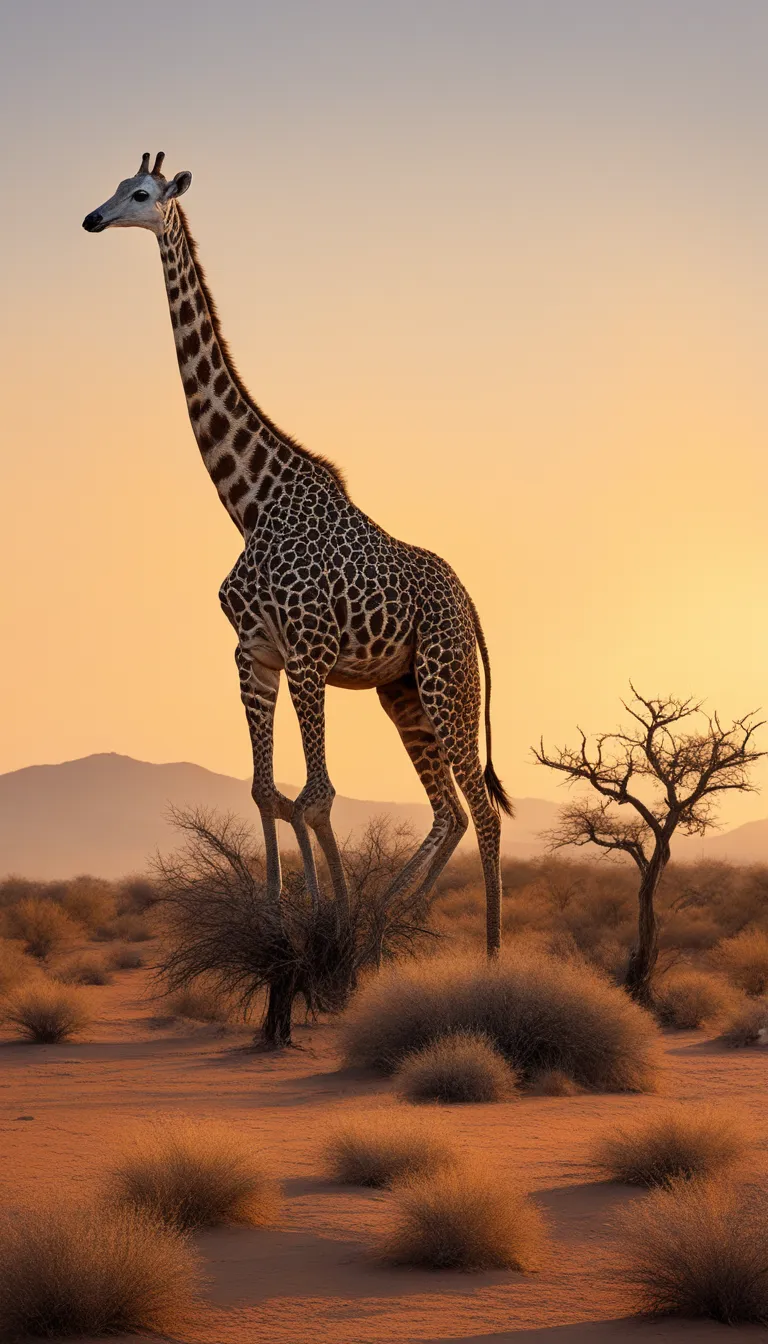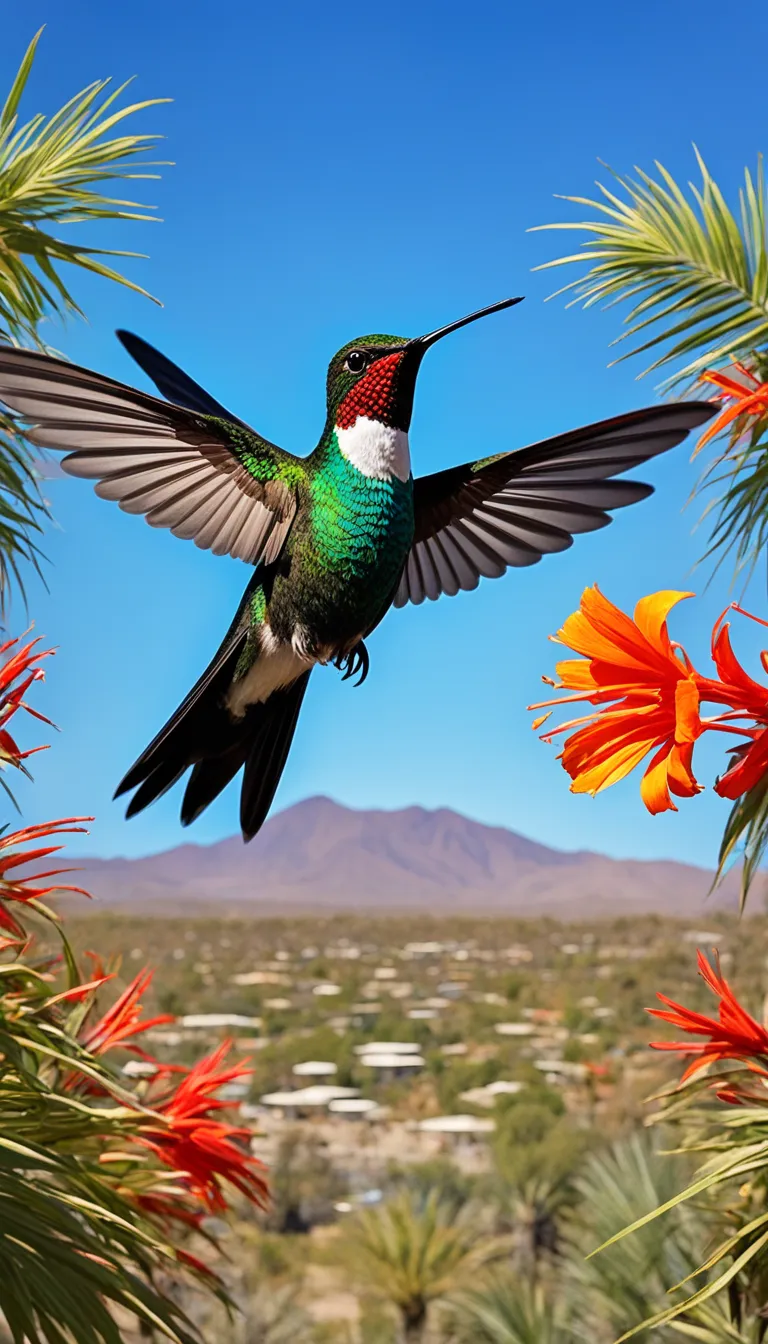Welcome to the intriguing realm of the letter X! Ever wondered which animals boast names that commence with this mysterious letter? Prepare for a surprise explosion of knowledge as we unveil a list that’s as unique as it is fascinating. From the depths of the rainforest to the arid landscapes of Africa, these creatures are a testament to nature’s diversity. Let’s dive into this exclusive club of ‘X’ animals!
- Xenops
- Xerus
- Xenopus Frog
- Xantus’s Hummingbird
Isn’t it exciting to discover these rare gems of the animal kingdom? Each one, with a name that sounds almost as if it’s been plucked from a science fiction novel, brings its own unique story to the biodiversity narrative. Stay tuned as we explore each of these animals in more detail, and get ready to be enthralled by their remarkable traits and habitats!
Xenops
Discover the fascinating world of animals whose names begin with the letter ‘X’. This article explores some of the most unique creatures on the planet, each with its own surprising characteristics and adaptations. From the treetops of the rainforest to the arid landscapes of Africa, these animals are sure to explode your curiosity and expand your knowledge of the animal kingdom.
Have you ever heard of the ? These little guys are the acrobats of the rainforest, performing feats that would make a circus performer jealous! Found in the lush forests of Central and South America, Xenops are small birds with a big personality. They hang, twist, and turn upside down with the greatest of ease as they hunt for insects hiding under the bark of trees. Their acrobatic feeding habits are not just for show; it’s how they survive in the competitive world of the rainforest canopy.
- Xenops minutus – Plain Xenops
- Xenops tenuirostris – Slender-billed Xenops
- Xenops milleri – Streaked Xenops
These birds may be small, but their presence is mighty. With their sharp beaks and even sharper wits, Xenops remind us that in nature, sometimes the most explosive surprises come in the smallest packages. So next time you’re exploring the rainforest, look up—you might just witness the aerial show of a lifetime!

Xerus
Ever wondered about the resilient critters that thrive in the sun-scorched landscapes of Africa? Meet the , also known as the African ground squirrel. These furry survivalists are the embodiment of adaptation, making the harsh arid environments their playground. But don’t let their cute appearance fool you; these rodents are as tough as nails!
With their long, bushy tails and sociable nature, Xerus are not just survivors; they’re social butterflies of the savannah. They live in intricate burrow systems, which they dig with their sharp claws. Have you ever seen a ground squirrel sunbathing? It’s quite the sight – and it’s all about thermoregulation, keeping them cool under the African sun.
The Xerus has a varied diet that includes seeds, fruits, and even insects. They’re not picky eaters, and this eclectic menu helps them stay nourished in environments where food can be scarce. Here’s a quick glimpse into their dietary preferences:
- Seeds from various indigenous plants
- Fruits that survive the arid conditions
- Insects providing protein
So next time you’re pondering the letter ‘X’ and the animal kingdom, remember the . They may not be as famous as the X-Men, but in the animal kingdom, they’re truly superheroes in their own right!
Xenopus Frog
Ever heard of a creature that’s a favorite among scientists and yet seems like it leaped out of a sci-fi novel? Meet the , an aquatic wonder that has become a staple in biological research. Why, you ask? Well, these frogs have an extraordinary ability to lay eggs throughout the year, which are then used in a myriad of experiments, from studying embryonic development to understanding diseases.
Native to Sub-Saharan Africa, the Xenopus has adapted to an aquatic lifestyle with ease. Their fully webbed feet and powerful legs make them excellent swimmers. It’s not just their swimming prowess that’s fascinating; these frogs are also entirely lung-breathing and can even survive in water with low oxygen levels. Talk about a survivalist!
But let’s dive deeper into what makes the a scientific marvel. They possess a unique feature: their eggs can be easily manipulated and observed under a microscope, which is a dream for researchers. Plus, their transparent eggs are like nature’s own little windows into the earliest stages of life.
- Adapted to thrive in aquatic environments
- Ability to lay eggs year-round
- Transparent eggs beneficial for scientific research
- Important for studies on developmental biology and genetics
So next time you think of the letter ‘X’, remember the . It might not be the first animal that comes to mind, but it’s certainly one of the most intriguing and valuable creatures in the scientific community. And who knows, the research on these little amphibians might just explode into discoveries that can change the world!

Xantus’s Hummingbird
, a jewel among the avian world, is a burst of color and energy that captures the heart of birdwatchers. Named after the Hungarian zoologist John Xantus de Vesey, this hummingbird is not just a visual treat but also a marvel of nature’s engineering. With their iridescent feathers and rapid wing flaps, they are like living fireworks, creating a small-scale explosion of surprise in the tranquil settings of Baja California.
Have you ever seen these tiny dynamos in action? Imagine the scene: the sun casts its golden glow over the landscape, and amidst the stillness, a sudden whirring sound breaks the silence. It’s the Xantus’s Hummingbird, darting from flower to flower, its wings a blur and its tail feathers fanning the air. Their ability to hover is nothing short of astonishing, a feat that demands both strength and precision. It’s not just their flight that’s impressive, but their role in the ecosystem as pollinators is vital for the survival of many plant species.
But let’s dive a bit deeper, shall we? Here are some fast facts about the Xantus’s Hummingbird:
- Size: One of the larger hummingbird species, with a length of about 10 cm.
- Diet: Primarily nectar, but also small insects for protein.
- Habitat: Prefers areas with abundant flowering plants, including gardens and woodlands.
- Conservation Status: Currently not considered threatened, but habitat loss is a concern.
In a world where we often rush past the small wonders, the Xantus’s Hummingbird invites us to pause, to marvel, and to appreciate the explosive beauty embodied in their tiny frames. So next time you’re exploring the natural splendors of Baja California, keep an eye out for these astonishing creatures, and let yourself be surprised by the wonders that start with ‘X’!





